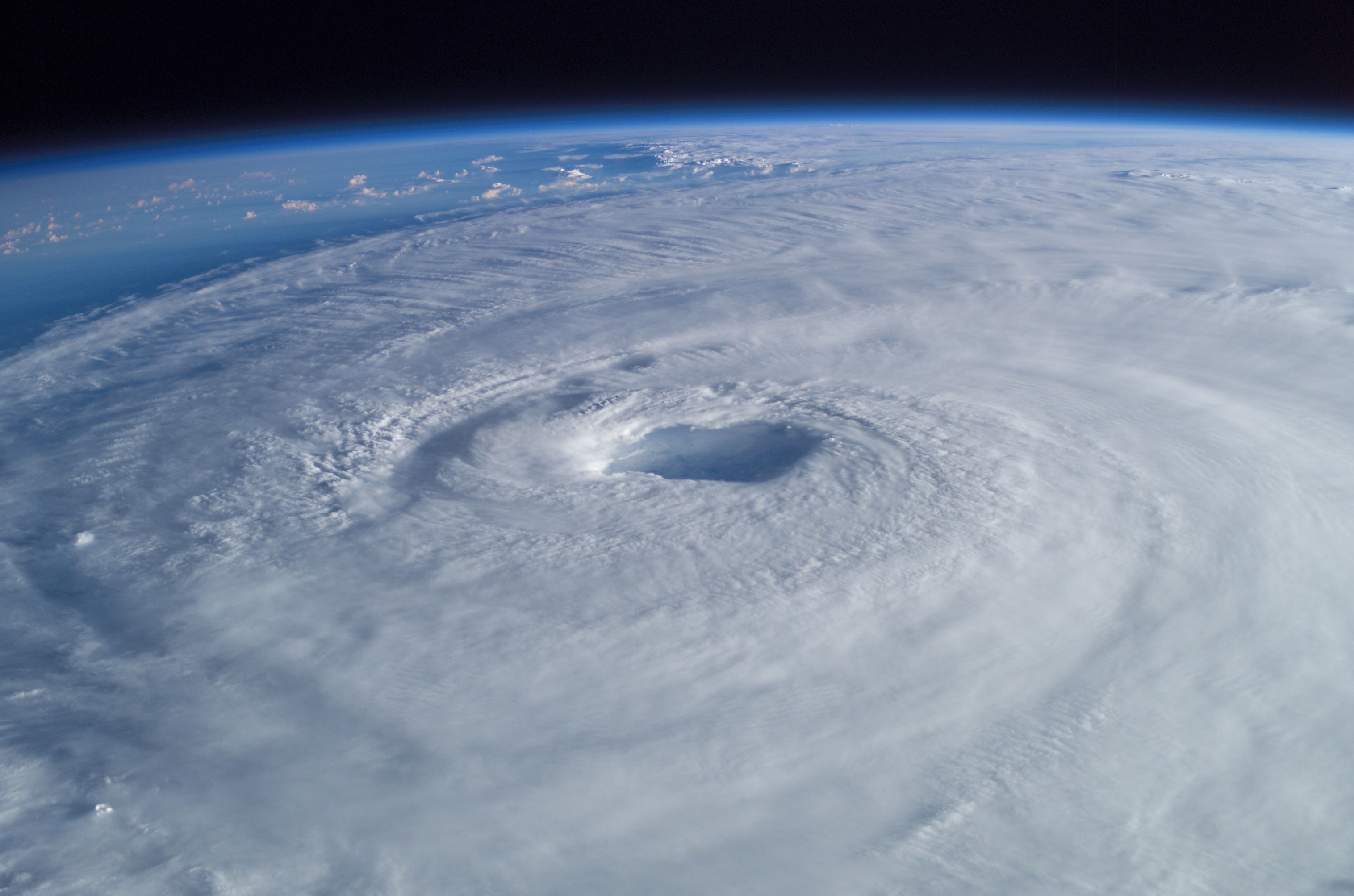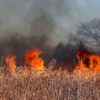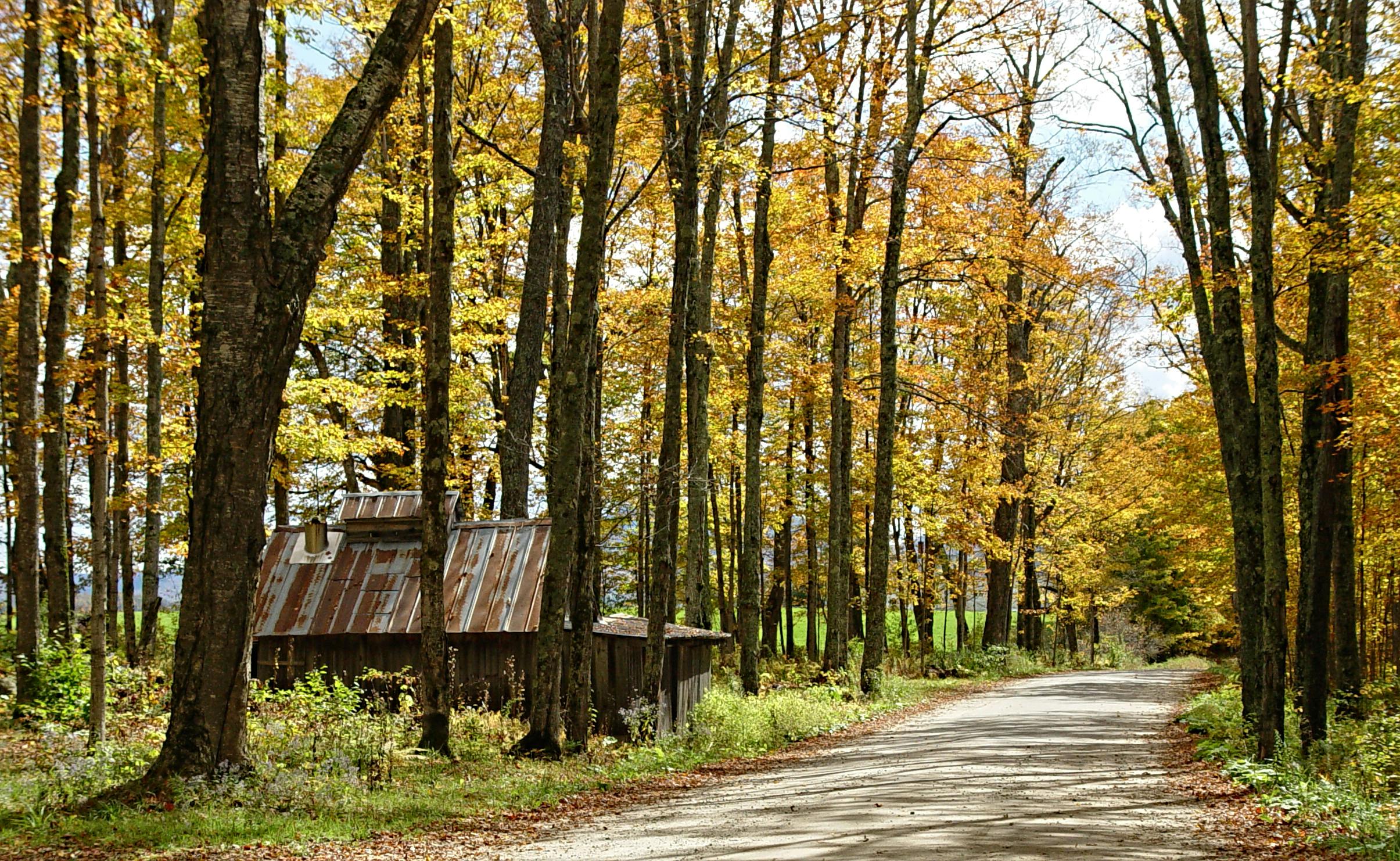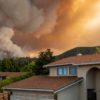Hurricane Melissa, an intense Category 5 storm, made landfall in Jamaica on Tuesday, bringing violent winds and heavy rainfall. The storm continues to threaten parts of the Caribbean such as of Cuba, the Bahamas, and the Turks and Caicos. Melissa’s unprecedented strength has emphasized the urgent need for hurricane preparedness in vulnerable regions. Hurricanes, like Melissa, can intensify rapidly and provide little time for communities to react, making preparation critical to survival.
A Record Storm for Jamaica
Melissa reached Category 5 when it hit Jamaica, marking the strongest hurricane to strike the island in 174 years of recordkeeping. The storm caused widespread power outages, fallen trees, landslides, heavy flooding, and roof damage, and the U.S. National Hurricane Center (NHC) described the conditions as “extremely dangerous” because residents were urged to remain sheltered until the life-threatening conditions passed.
With 185 mph (295 kph) winds and a central pressure of 892 millibars, Melissa tied records for the strongest Atlantic storm at landfall. These figures match the 1935 Labor Day hurricane in Florida for pressure and also tie Hurricane Dorian (2019) and a 1935 hurricane for wind speed. Humanitarian organizations, including U.N. agencies and nonprofits, had prepositioned food, medicine, and other supplies because they anticipated the need for rapid distribution after the storm.
Other Caribbean Nations at Risk
The NHC has warned of catastrophic flash flooding and landslides in Cuba and Hispaniola, the island shared by Haiti and the Dominican Republic. Cuban officials evacuated more than 600,000 people, including residents of Santiago, the nation’s second-largest city, and the Bahamas and Turks and Caicos could see 5–10 inches (13–26 centimeters) of rainfall. Southern Hispaniola may also experience continued heavy rainfall through Wednesday, which could worsen flooding and landslide risks.
Rapid Strengthening Linked to Climate Change
Melissa intensified from a tropical storm to a Category 5 hurricane in just a few days, a phenomenon known as rapid intensification. Scientists attribute this acceleration to abnormally warm ocean waters, which doubled Melissa’s wind speeds in less than 24 hours. Rapid intensification occurs when a storm’s maximum sustained winds increase by at least 35 mph (56 kph) in 24 hours, and this process makes it much harder for communities to prepare in advance.
Climate scientists note that warmer oceans not only fuel faster wind speeds but also increase rainfall, which complicates forecasting and emergency planning. Melissa is the fourth Atlantic storm this year to undergo rapid intensification, highlighting the growing challenge that climate change poses to hurricane preparedness because storms are strengthening more quickly than in the past.
Learn More
To learn more about hurricane preparedness and real-time storm updates, visit:
-
NHC (National Hurricane Center) – Provides real-time hurricane tracking, forecasts, and preparedness resources.
-
FEMA – Offers detailed guidance on preparing for hurricanes and other natural disasters.
-
Red Cross – Offers checklists, safety plans, and disaster relief resources for hurricane-prone areas.
-
NOAA Climate.gov – Provides information on climate impacts, including rapid hurricane intensification.
Source: AP News, source.




